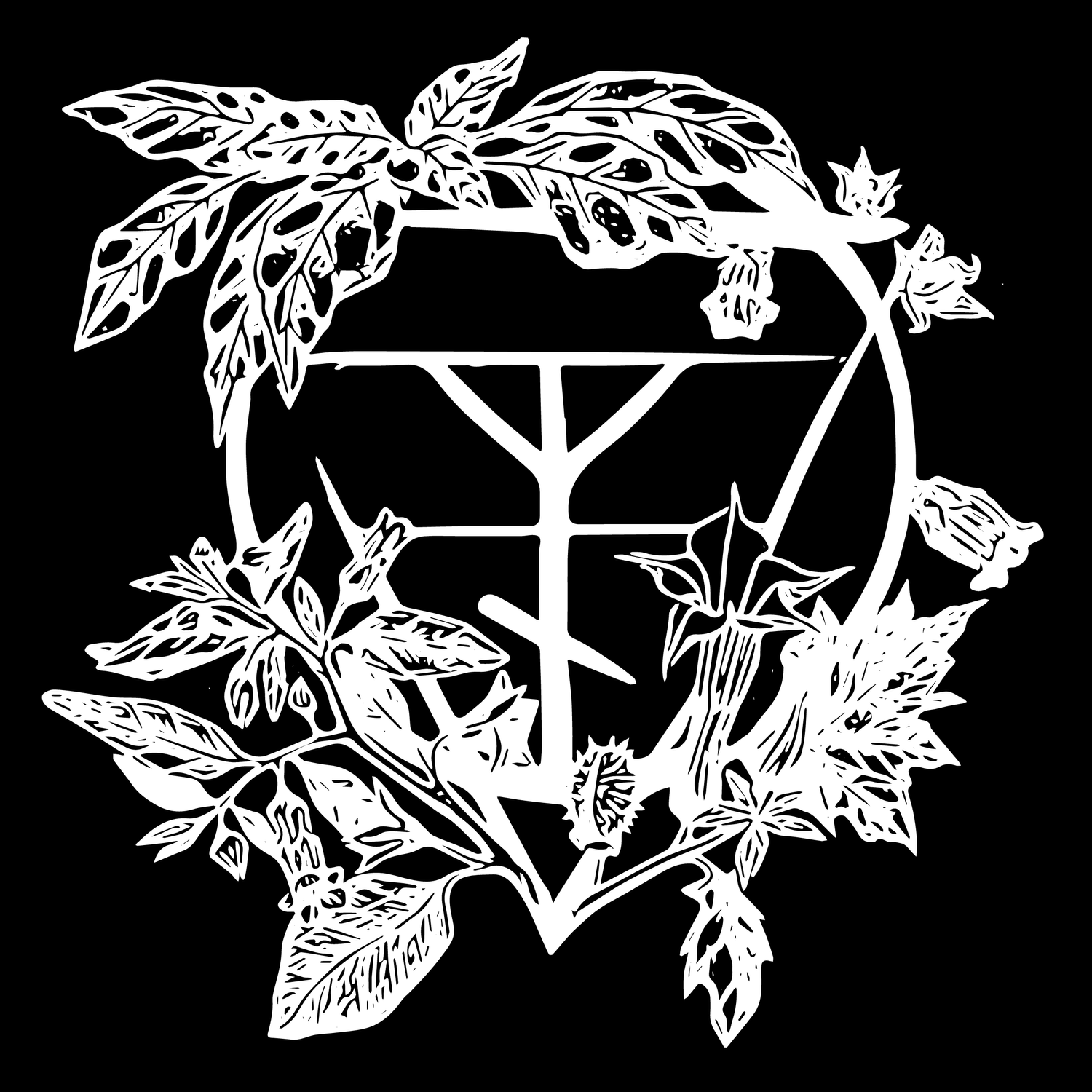Plant Profile: Syrian Rue
Syrian Rue- Peganum harmala
Other names: harmel, haoma, harmaline
Thrives in desert climates and is difficult to cultivate.
The seeds are the part that is used in ritual for its entheogenic effects. They are grayish black and triangular in shape.
Possibly a candidate for Dioscorides’ moly.
The plant shows up in the pre-Zoroastrian Perisia in the cult of Mithras. it was called the “Plant of Bes” who was an archaic apotropaic deity.
Harmel was long revered as an apotropaic and spell breaker even in the ancient world. It has been used as a magical and medicinal panaceae since ancient times. It was valued for its ability to break the power of spells, and also the enchantments of djinn.
It could be used to avery all evil and evil spirits. The smoke was inhaled to break the influence of a spell.
Syrian rue was also used in shamanic divination to connect with “fairylike” nature spirits.
The seeds are burned and inhaled for their psychotropic effects. It is said to have effects that are sedative, narcotic, and mild to moderately visual. It is described as similar to opium, which also have visual effects.
Burning the dried seeds as incense is the most common method. They were also traditionally roasted, powdered and smoked.
The powdered seeds were also taken as a snuff to help clear the mind.
The seeds were made into an infusion called harmel wine, which had extra intoxicating effects.
Harmaline solutions are UV reactive.
Described as an oneirogen, meaning it enhances dreaming.
Syrian rue has euphoric and rhapsodic effects and was used as an aphrodisiac.
It has aspects that are similar to all of the other classes of entheogens.
This information is for educational purposes only. Poisoner’s Apothecary is not responsible for the misuse of this information.

